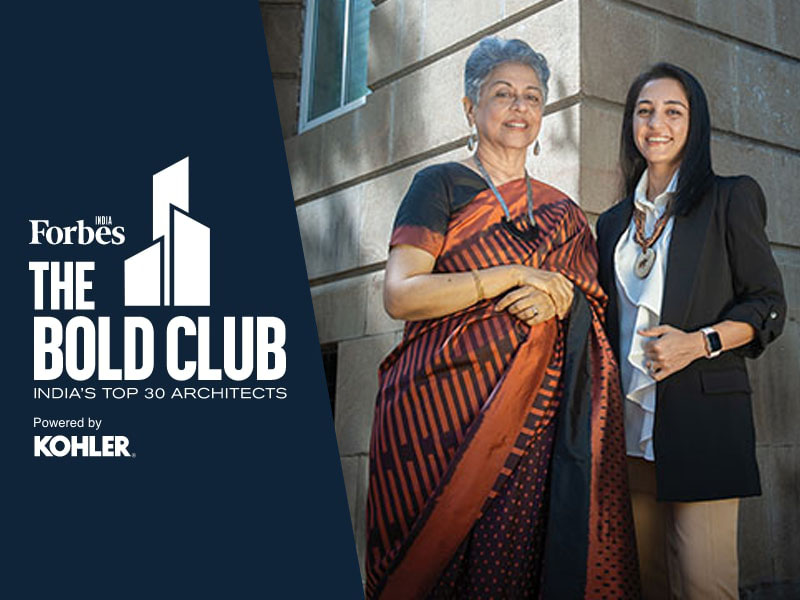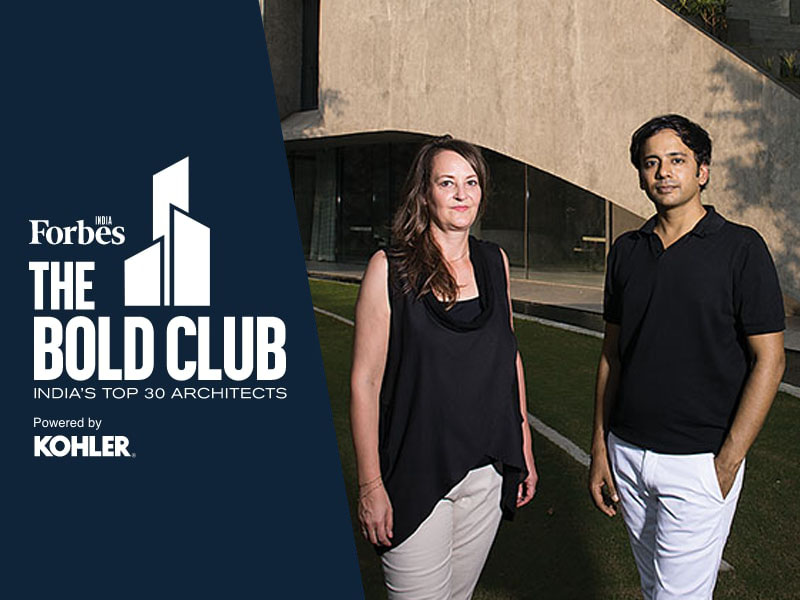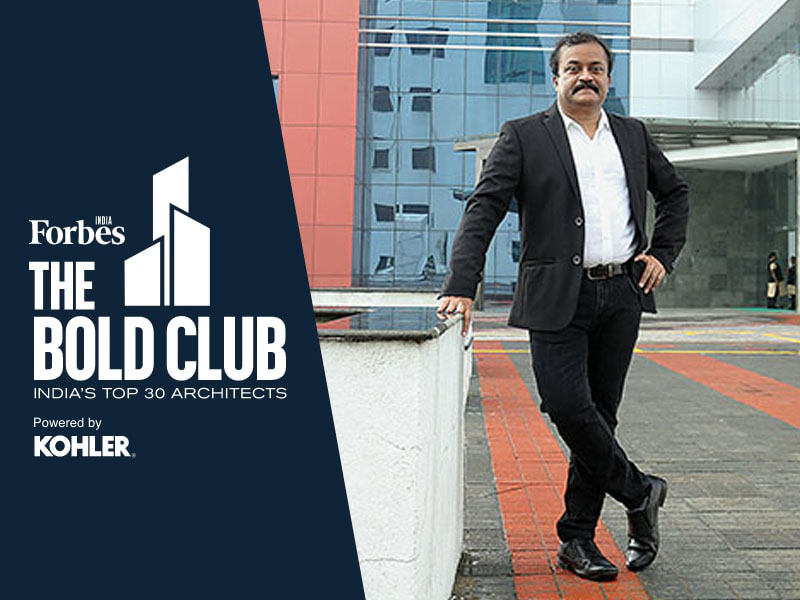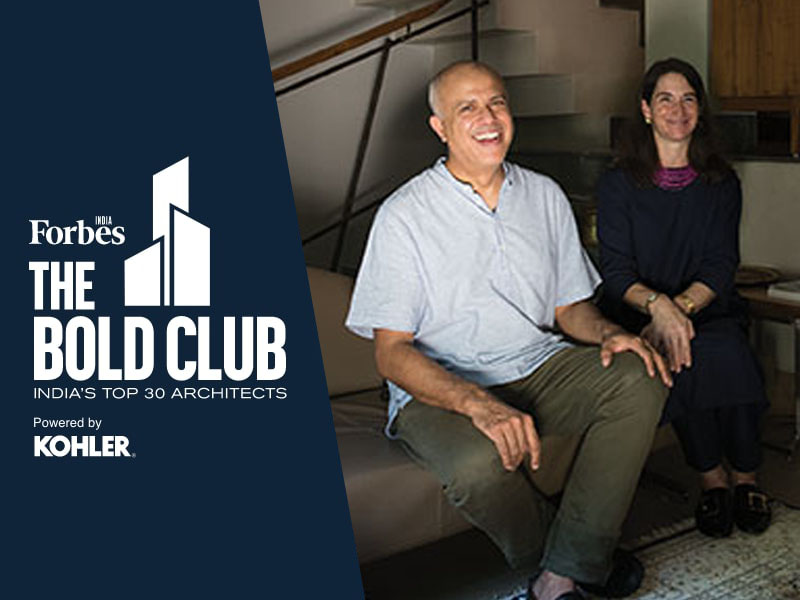Sandeep Shikre and Associates (SSA Architects)
Designing For The People And Future
Becoming a cricketer was Sandeep Shikre’s boyhood dream, but after much contemplation, architecture seemed to be a natural career choice that aligned with his goals. “I think architecture is a very noble profession,” says Shikre. “It’s extremely rewarding.”
In 1989, Shikre set up design consultancy firm Sandeep Shikre and Associates (SSA) with wife Alpa in Mumbai, which houses architecture, interior design and construction management under one roof. What started as a two-person company has expanded to 200-plus staffers. There’s also an office in Pune.
In the past 32 years, the internationally-recognised firm has produced several prominent works. The Dandi Memorial, for instance, was designed to capture the experience of Mahatma Gandhi’s Salt Satyagraha from Sabarmati to Dandi. The Mudra House in Mumbai, which won the firm the AIT Award-Germany, features unique characteristics of Indian ethnicity in a contemporary manner.
The Kohinoor Square in Mumbai is a mixed-use high-rise building created with revolutionary design elements. “Many firsts for the Indian subcontinent were introduced during the execution of the Kohinoor Square, including the jump-form shuttering, compass-based vertical transportation, and unitised curtain wall,” says Shikre.
SSA’s ongoing projects include the urban renewal of Mahim Bay and a commercial complex for Kirloskars. The firm’s ethos, ‘Architecture and Beyond’, signifies a collaborative approach to combine art and engineering to create functional and contextually relevant structures for people. “Architecture is space, people and happiness,” says Shikre. “At the end of the day, you are designing for the people, so your architecture has to be people-centric.”
In addition, all projects reflect the basic principles of sustainability. “SSA has designed over 8 million sq ft of green-certified projects,” says Shikre. Designing for the future, says Shikre, will have to “be about understanding sociology, people and technology, and integrating it into a human-centric design.”
By Darielle Britto
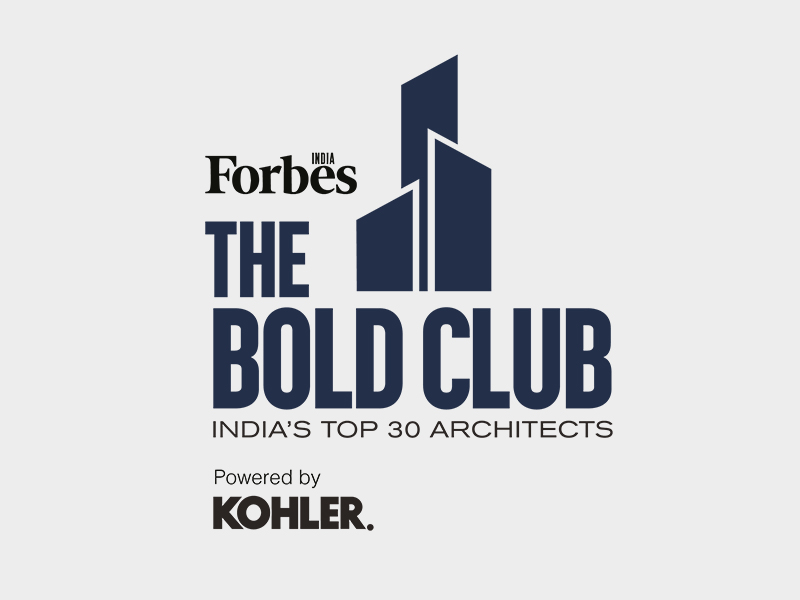
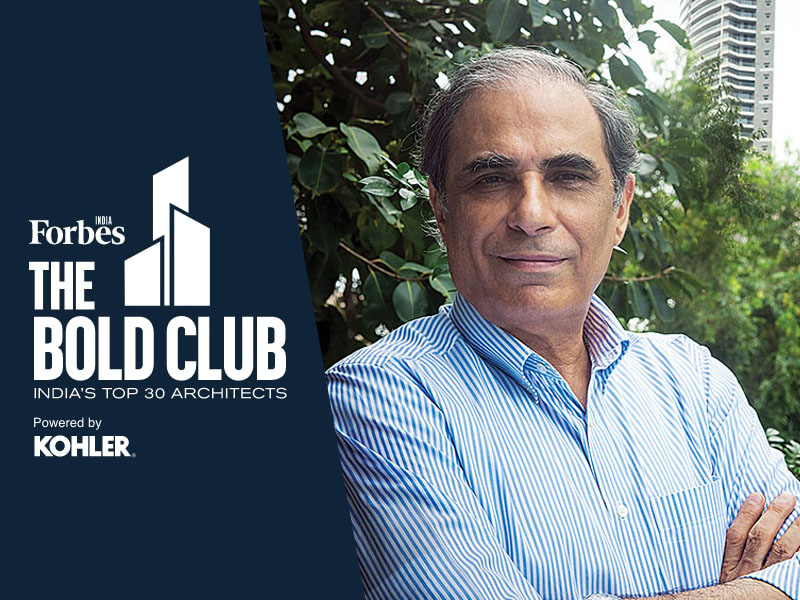
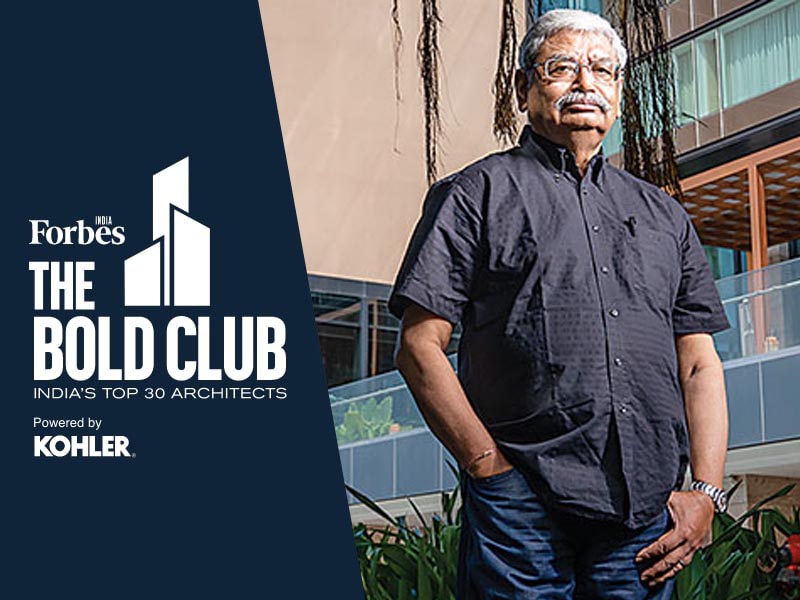

 Pvt LtD.jpg)
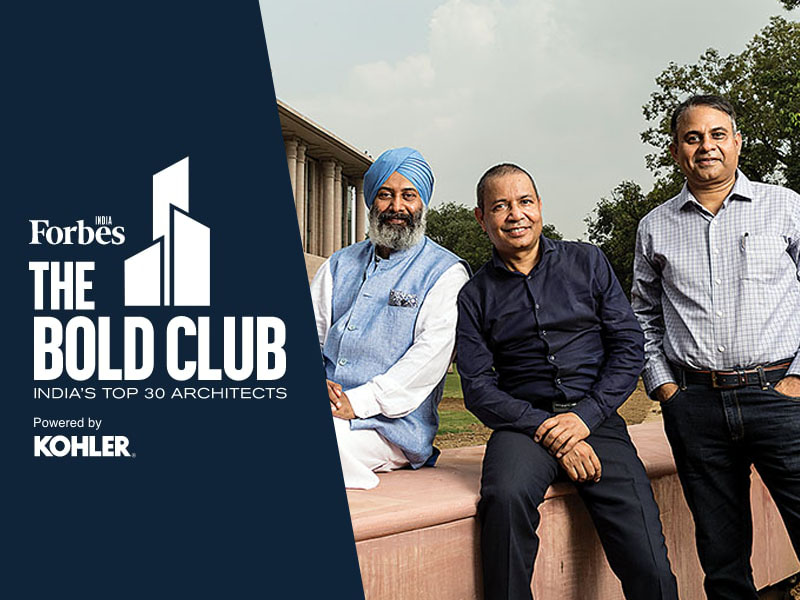
.jpg)
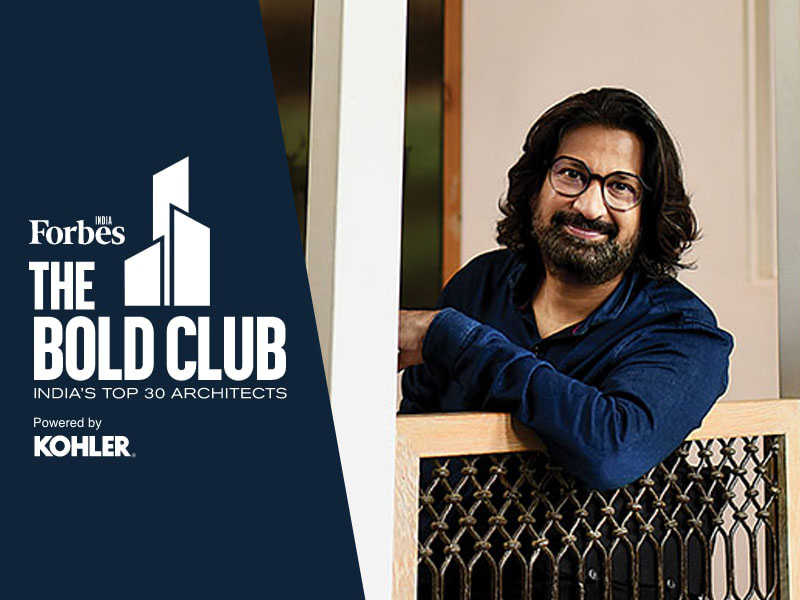
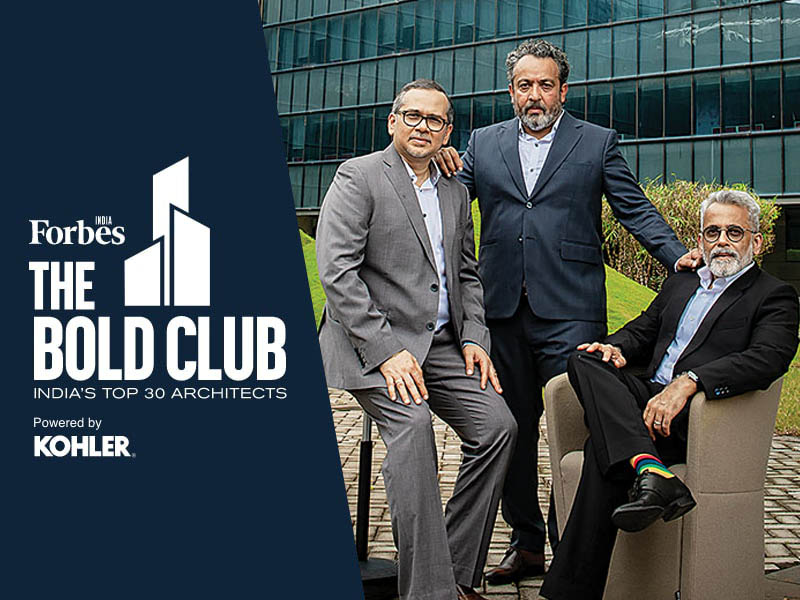
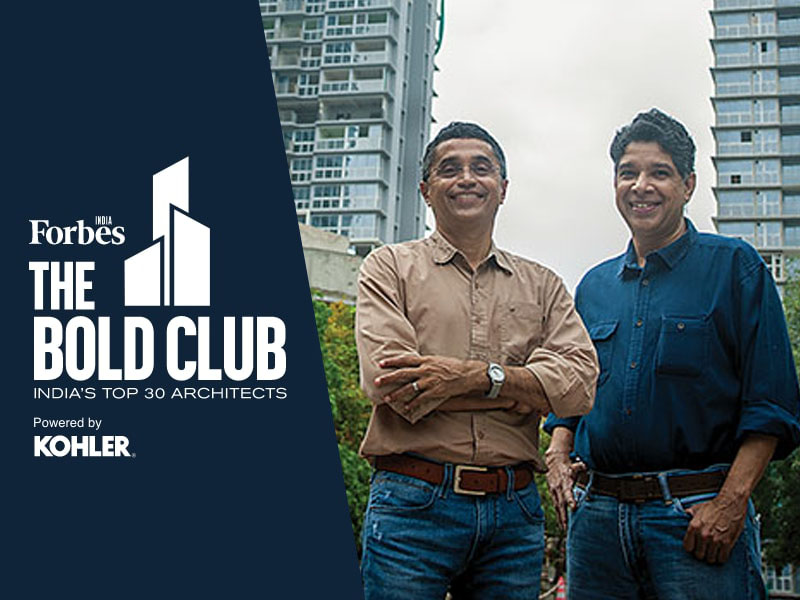
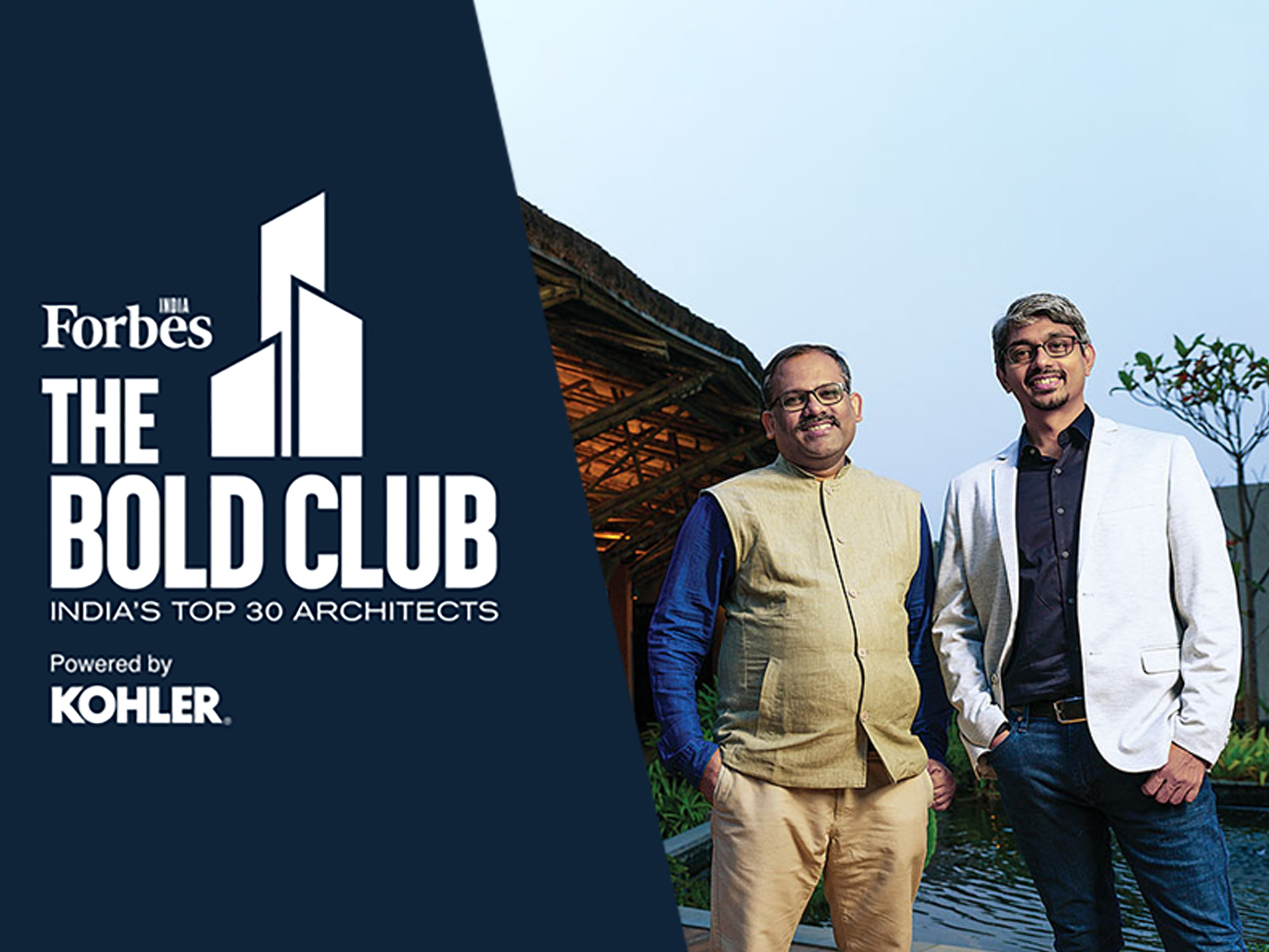
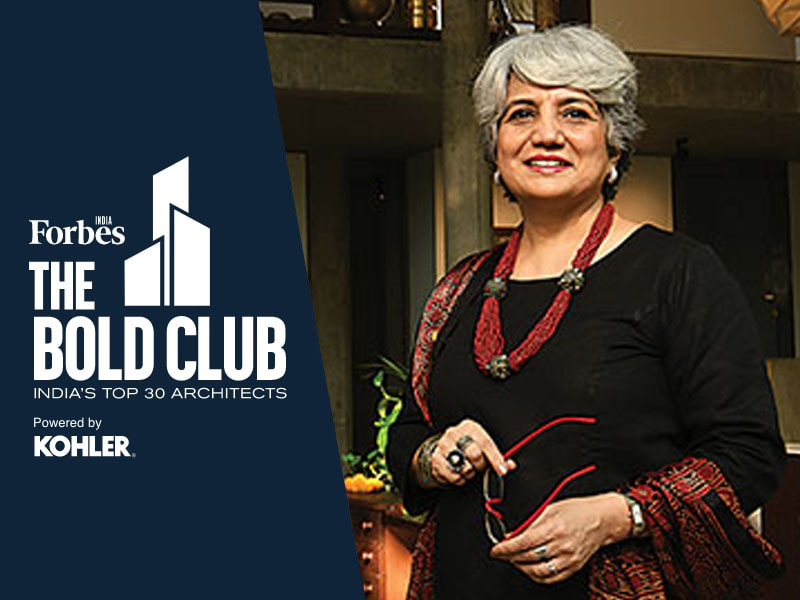
.jpg)
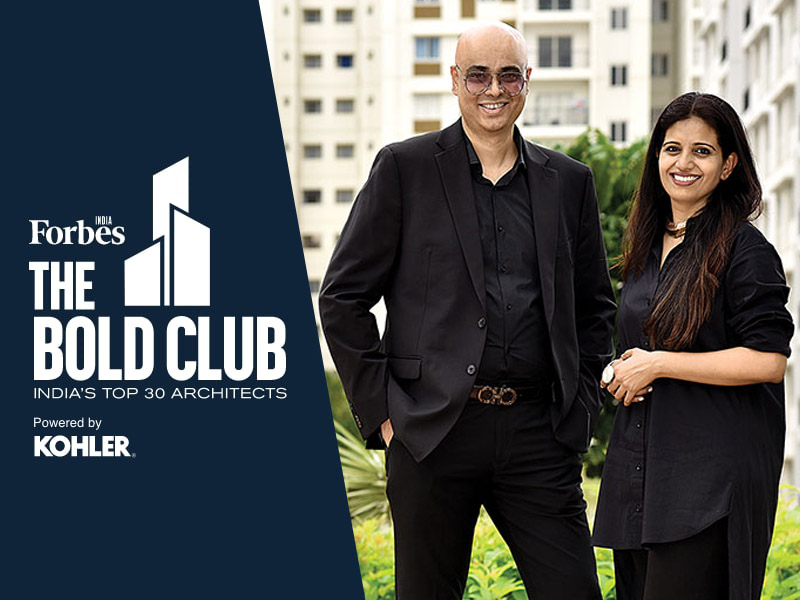
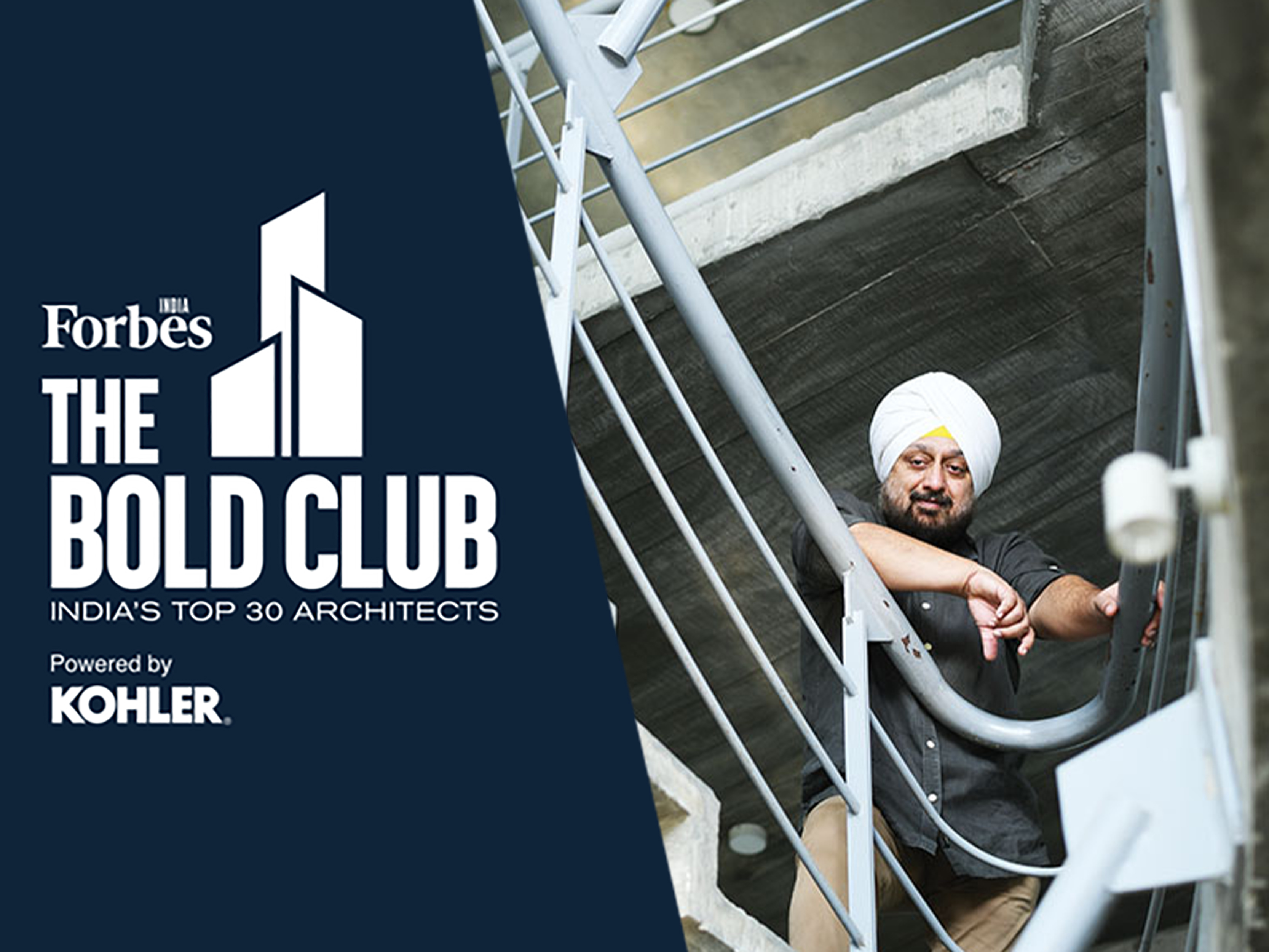
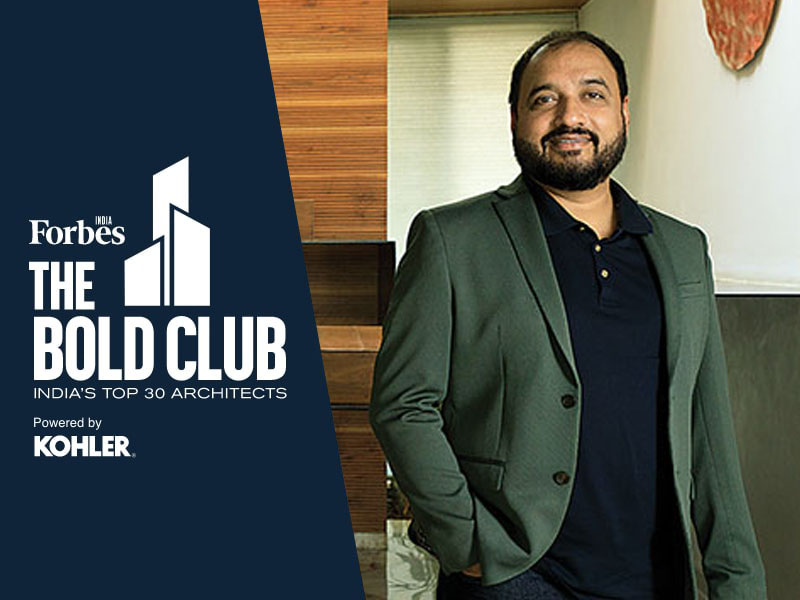
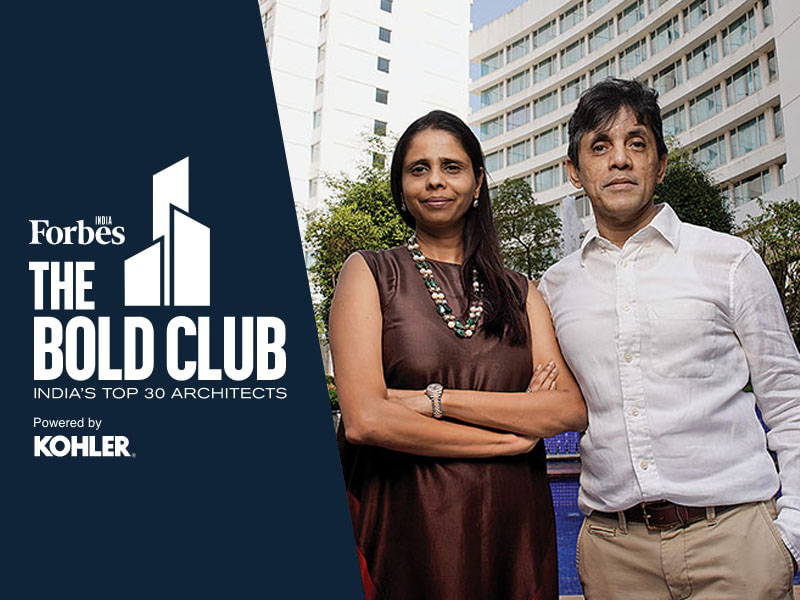
 Pvt Ltd.jpg)
.jpg)
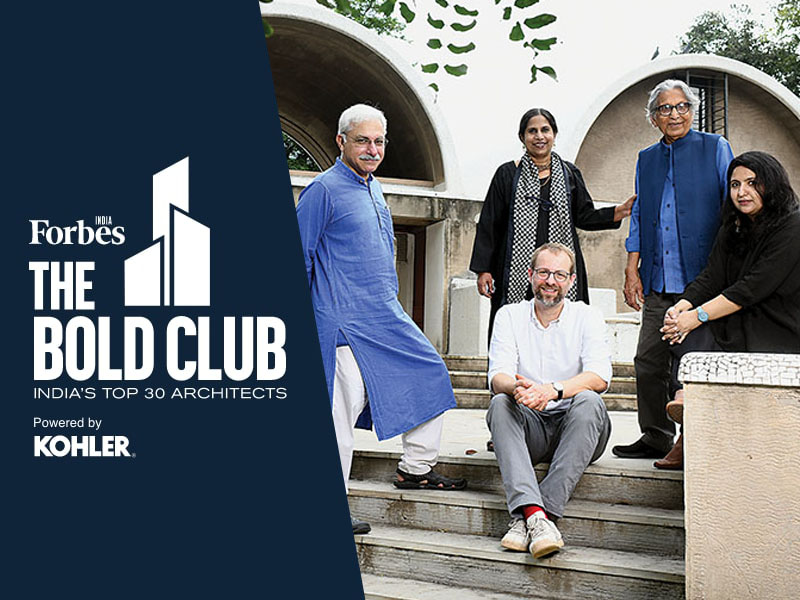
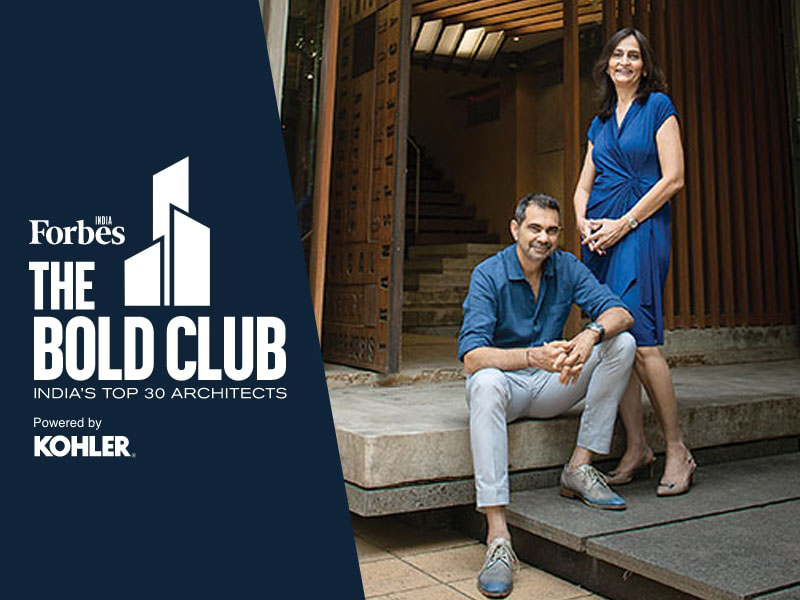
.jpg)
